It is imperative that the rendering of still images used for architectural projects be performed with the highest quality and accuracy, because real estate architects and developers will use a rendering type that makes it easy to present future projects. But how can you properly judge the quality of the 3D rendering still images?
In this article will share some of our insights into the architectural visualization method of 3D rendered still images, and you can be sure that N2Q Studio has the consultants you hire who can the ability to create visual documents meets the highest expectations!
1 / Materials
Weight is the key to pointing out the best details of architectural projects that are to export and make still images reliable. Such materials must be life-like, expressing texture, proportions, colors, shadows and accurate reflections.
In 3D exports, there are many settings that can be adjusted in relation to mapping material onto a digitally modeled object. The installation of “shine” and “reflectiveness” contributes to the shape of architectural materials through their modification of how materials react to light, by refracting, reflecting or absorbing light. If any of these qualities for each material differ from what you know right in the rendered image, then you know that the quality is not achieved with great precision. Therefore, the overall quality of 3D output will be reduced if any key aspects are not done thoughtfully.

2 / Lighting in 3D rendering for vivid images
Choosing the right natural light set up based on the time of day will have a significant impact on the final result in the quality of the displayed still image, because there are certain lighting directions that reveal more about the actual modeled work than others. Specific natural light and its relationship to the time of day can also be beneficial or harmful to images displayed for architectural projects and a dimmer outer light will naturally highlight the project in question and illuminate some if the inside of the rendering. The inherent benefits of sunrise and sunset lighting are ideal for architectural rendering and can be further perfected by skilled 3D artists who can control ambient lighting settings and achieves perfect balance between the inside and outside elements in the frame.
The lighting of the 3D rendering image is also capable of revealing areas that may have been overlooked when the original design team produced the model for the project. Ideally a balance between internal and external lighting is always achieved to best suit the project in rendering, which sometimes requires a combination of artificial lighting to certain aspects of the rendering project becomes different. The task of the visual team is to present the project in the most complementary light, if any errors in the modeling work prevent them from doing so, the quality of the rendered image will suffer.
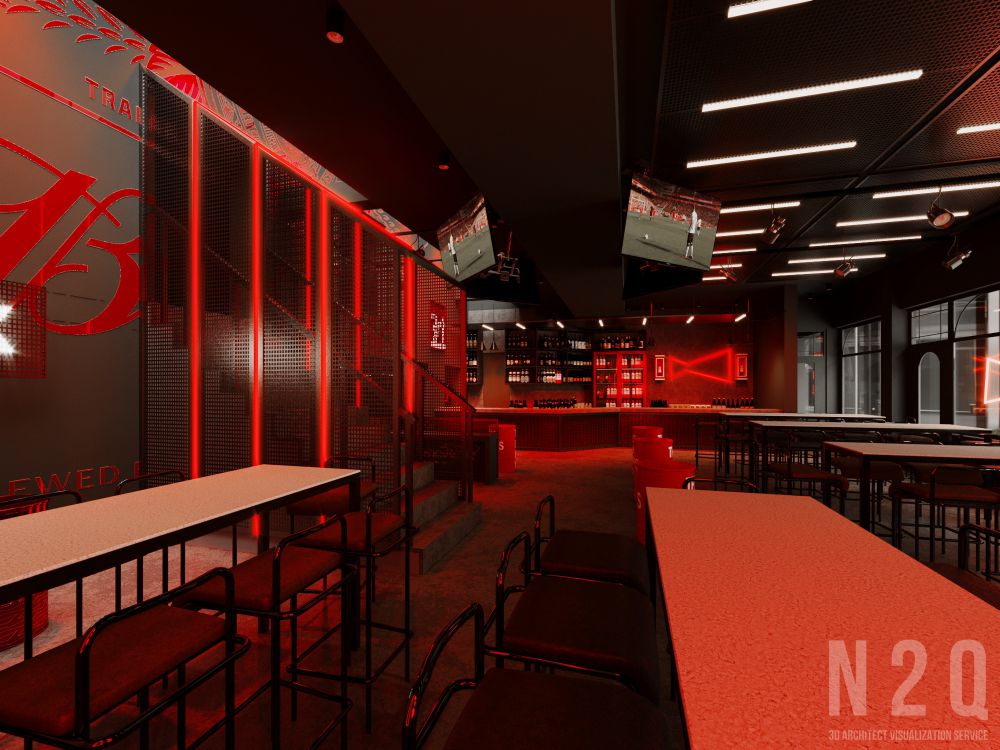
3 / Background in architectural image
In the case of 3D rendering images, the surroundings are just as important as the project itself. If not properly modeled and rendering, the quality of the final rendering image will drop. The context in question includes nearby buildings and landmarks, streets, sidewalks and even any street furniture. Usually in 3D rendering, real images can be used to complement the modeled versions of these elements, as long as they are matched to the featured project and the rest of the modeled properties of the scene.
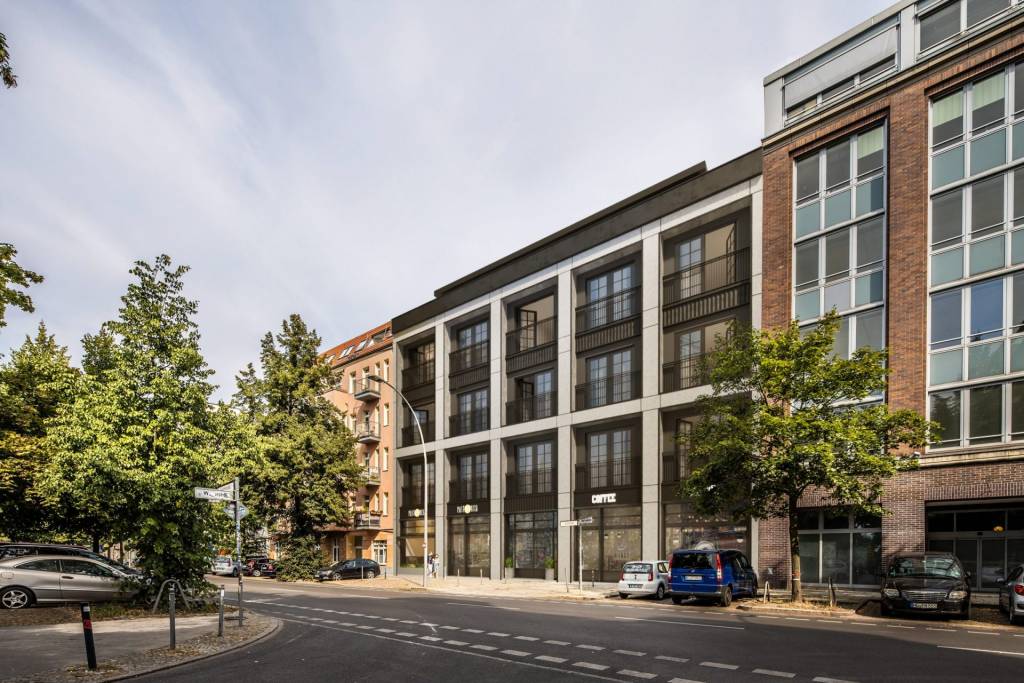
4 / Camera lens in architectural images
Just like in real photography, the camera lenses selected in the rendering software can quite affect the final rendered still image of the project. There are many options available to the lens, each with its own characteristics that affect how the scene is captured to rendering.
Choosing a camera lens for 3D rendering still images is a special science, as some lenses can produce frames that may be too narrow or too wide, depending on the project scene is rendering. This can limit the chances for the renderings to show the project in the best possible way. So it’s important for visual 3D artists to choose camera lenses wisely.
5 / Plant
Like other contextual information displayed in the rendering frame, the project site’s natural vegetation can tell how much time the 3D artist spent studying the context and implementation details. It is important to display the plants and trees of the origin in question or those intended to be planted as part of the development plan in the image are shown.
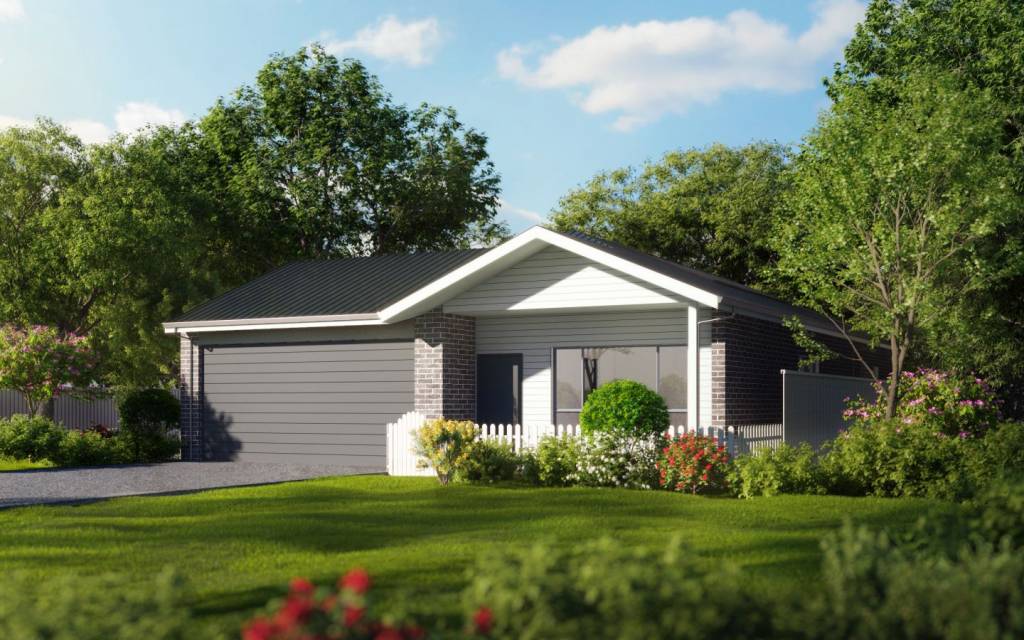
If proper plants and foliage are ignored from the appearance, it is clear that architectural images are not created when considering the elements that envelop the site. While the focus of the image should be on the architectural project, the highest-quality rendering image takes into account all aspects of the surroundings, including plant life, to create the image comprehensive representation of the proposed environment.If proper plants and foliage are ignored from the appearance, it is clear that architectural images are not created when considering the elements that envelop the site. While the focus of the image should be on the architectural project, the highest-quality rendering image takes into account all aspects of the surroundings, including plant life, to create the image comprehensive representation of the proposed environment.
6 / Model accuracy in 3D images
The quality of the digital model of the project goes hand in hand with the quality of the rendered image representing the project. The modeling work of each individual project element must be extremely delicate, including the smallest components such as furniture, the position and orientation of each item must also be performed with high precision. So when it comes time to render it as a series of stills, flaws in the model won’t be revealed by certain angles or lighting will degrade the overall quality.
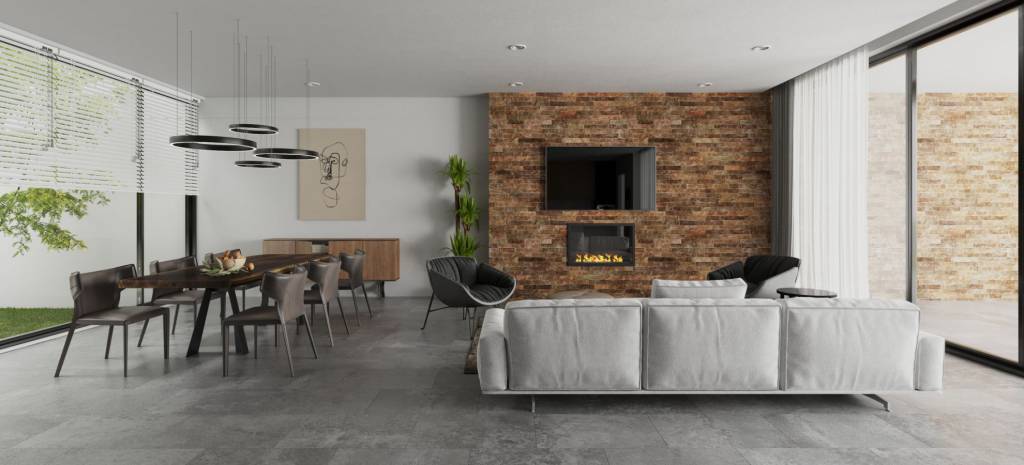
The proportion of surroundings, such as people, cars, trees, sidewalks, and any neighboring buildings, that may be included in the scene must be considered. As well as the building proportions, including doors and windows, spaces between floors, the heights of the steps and any signs, and the proportions of each element in the frame should match the the scene in which the scene is being captured and thus the image has visual significance to the viewer. Achieving exact proportions in architectural rendering is meticulous work, careful and sometimes the visual company has to adjust to complete project scale for rendering image.
7 / Weather
3D rendering still images are important for atmospheric performance that includes the seasons of the year that are happening in the frame. While the end result of the rendering is not always realistic, depending on the purpose for which the architectural image is intended, the transient quality of the image must be meaningful to the viewer and help them understand the overall narration of the visual display more clearly.
Projects may benefit differently when displayed in different weather. Depending on the project and the rendering effect creates a more dramatic mood for the image. High-quality display images depict the seasonal atmosphere or weather for careful consideration to showcase the project with the best possible visuals and as a result provoke a specific response from the customer viewing.
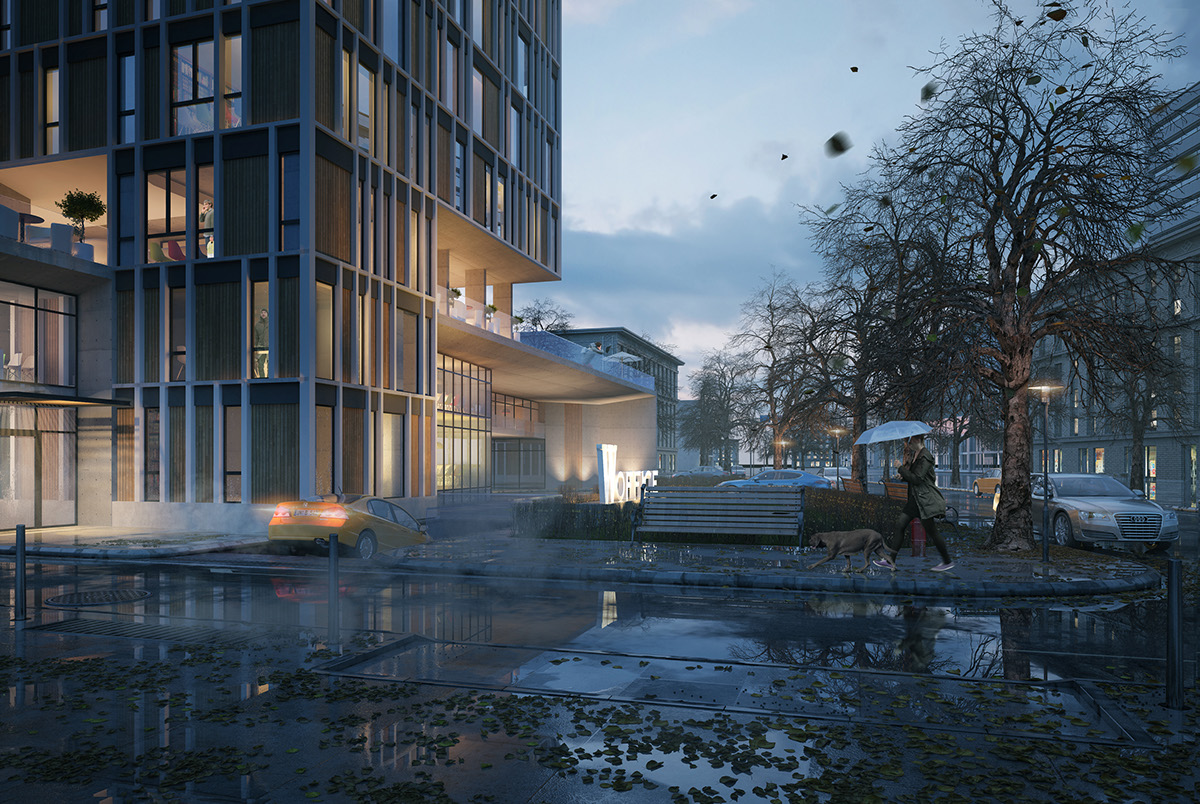
As a customer, you deserve the best possible results for the 3D rendered still images you deliver, which means the architectural visualization team must pay considerable attention to each of the aspects outlined in this article. The visualization team at N2Q Studio strives to create delicately and thoughtfully rendered images, with the goal of creating the best possible visuals to represent each architectural project, artists Our visualization adheres to the guidelines. If you have a project that requires high quality 3D rendering images. Please visit our: https://n2qstudio.com/ to contact us and the N2Q Studio team member will be happy to discuss how to proceed with your project!





